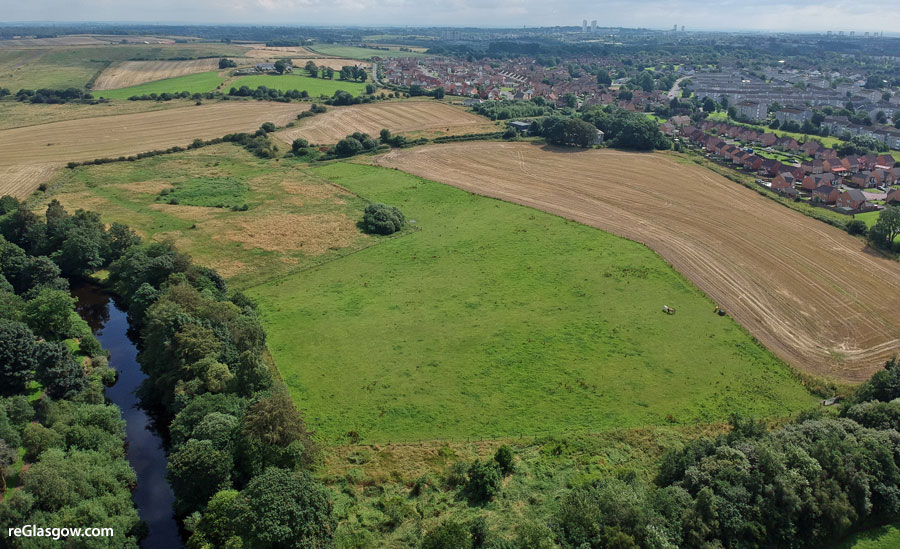
FIELDS north of Summerston are not a sustainable location for housing and should remain part of the greenbelt, a study has found.
A group made up of council officers from Glasgow and a neighbouring authority, community council members, representatives of the landowner, and various agencies and environmental bodies looked into the feasibility of development on 90 hectares beside the River Kelvin.
The study was prompted by a perceived shortfall in housing land supply but the group’s report found that, for the period 2012-24, there is a surplus of land available for all kinds of housing in Glasgow. It concludes: “There is therefore no housing land justification for development in this location at present.”
An application seeking planning permission in principle was submitted in late 2019, with the site identified as having capacity for around 500 homes. It has still to be ruled on by planners.
The study also found that:
— There would be impact on the quality of the landscape setting, although mitigation measures proposed would reduce these impacts to acceptable levels over time.
— The additional car-based traffic generated would start to reverse recent benefits of reduced traffic on Balmore Road and Maryhill Road at peak times, and was likely to impact negatively on the amenity of Possilpark, Ruchill and Hamiltonhill. The report states: “The ongoing regeneration of these communities is more consistent with policies relating to brownfield preference, the climate emergency and the council commitment to carbon neutrality by 2030.”
— Proposals for public transport improvements were not considered to be sustainable in the long term, and would have limited impact in the part of the study area closest to Balmore Road.
— The area had relatively poor access to facilities and services, and this would contribute to increased car dependency in this location.
A report updating city councillors adds: “The overall conclusion of the study is that, due to the changed housing land supply position, the negative impact of development on traffic and transport infrastructure, and the relative inaccessibility of the location to facilities and services, additional housing development should not be supported in this area. The greenbelt designation is considered to remain appropriate.”
The outcome of the study, and the continuing status of the location as greenbelt, would become “significant material considerations” in deciding any planning applications involving the land.
Councillors on the neighbourhoods, housing and public realm city policy committee are being urged to refer the report to the city administration committee for approval.

